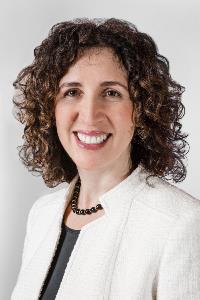When autocomplete results are available use up and down arrows to review and enter to select.
Find out what's happening in communities across America, from grassroots advocacy efforts, to fintech innovations and everyday successes of Main Street banks.


For loans of $150,000 and up, the data released includes business names, addresses, NAICS codes, ZIP codes, business type, demographic data, non-profit information, jobs supported, lender name, and dollar ranges for loan amounts. Dollar amounts are being disclosed in ranges of $150,000-$350,000, $350,000-$1 million, $1 million-$2 million, $2 million-$5 million, and $5 million-$10 million.
Loans of $150,000 and up account for nearly three-quarters of the dollar volume of PPP loans. For loans below $150,000, the agencies will not release business names but will report loan totals, aggregated by ZIP code, by industry, by business type, and by various demographic categories. The agencies have noted that PPP borrower applications disclose that this information could become public.
SBA and Treasury said the 4.9 million in PPP loans have supported more than 51 million jobs and more than 80 percent of small-business employees. Further, 27 percent of program funds have reached low- and moderate-income communities. This is in line with the overall percentage of population in those communities, the agencies said.
The data release also includes overall statistics regarding dollars lent per state, loan amounts, top lenders, and distribution by industry. It also provides information on the sizes of participating lenders; participation by community development financial institutions, minority depository institutions, and other types of lenders; and the reach of the program in underserved communities, rural areas, and historically underutilized business zones.
The data release follows the extension of the PPP application deadline until Aug. 8 shortly after the SBA stopped accepting PPP applications last week. The agency has roughly $130 billion in remaining PPP funds.
With the extension of the program designed to provide Congress time to pass another economic relief package, ICBA is urging community bankers to continue using our Be Heard grassroots action center to recommend reforms to include in the relief bill. Community bankers can also access ICBA’s Tell Your Story toolkit for a sample press release and op-ed to share the positive impact that their PPP efforts have made within their community.
Sincerely,

Rebeca Romero Rainey
President and CEO/
Independent Community Bankers of America